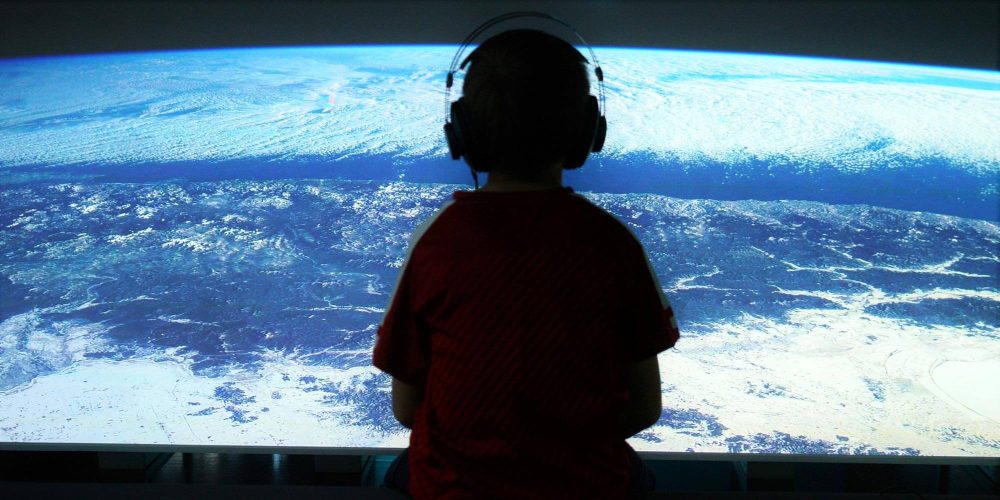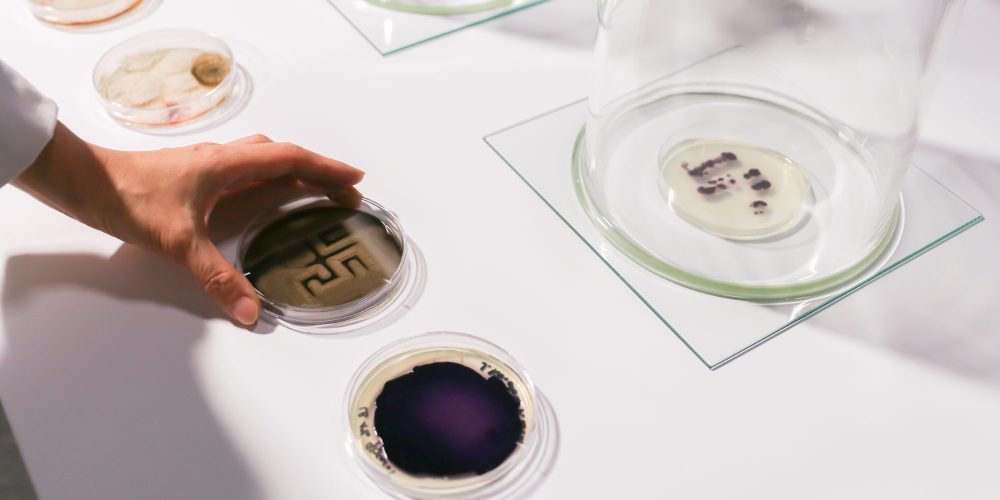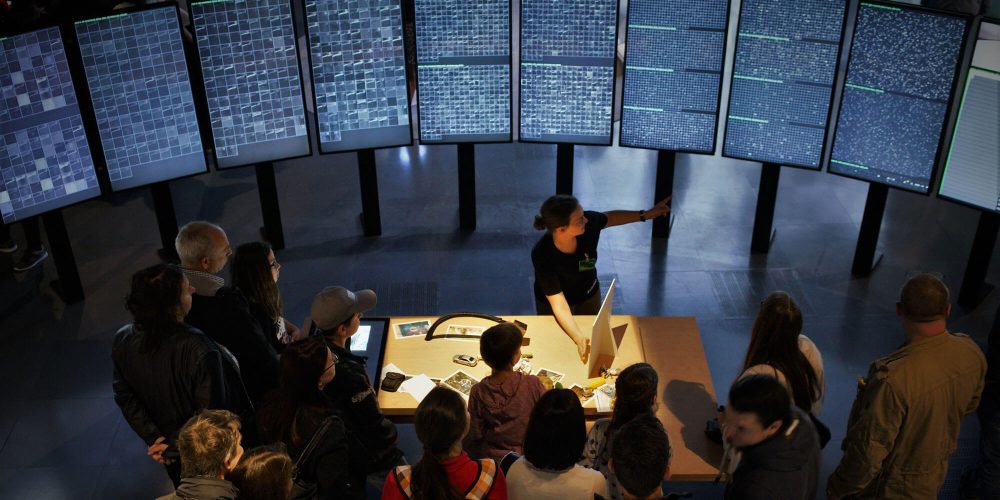
Residencies
-
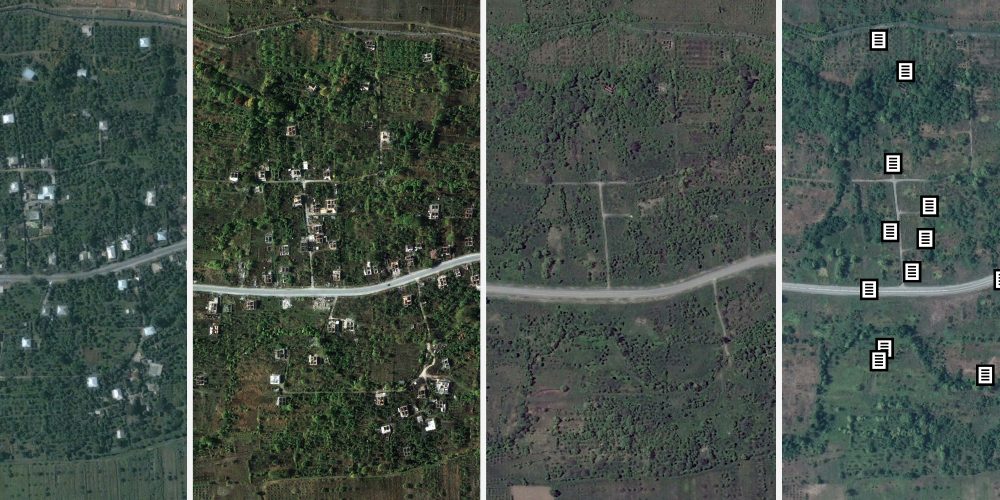
Tools to Confront Unbalanced Realities
What rights do you have in the location of your residence? In his work, artist Irakli Sabekia deals with the spatial and social memory of people who have been forcefully displaced.
-

State of the ART(ist): “Art is neither warlike nor peaceful”
We are convinced that we need art as a space where contradictions can be possible. But how do you deal with these contradictions in times of war? What influence does this have on curation and how does one implement the theme of political persecution in an Open Call?
-

Deep Space EVOLUTION: Virtual Anatomy
A fascinating journey through the human body turns anatomy data into an immersive 3D experience in Ars Electronica Center.
-

Deep Space EVOLUTION: Uniview 3.0
Explore the space with the new version of “Uniview”, the amazing virtual planetarium program of Ars Electronica Center’s Deep Space 8K.
-

Throwback: Creative Robotics
The exhibition “Creative Robotics” traced how industrial robots, outside their original use, became a medium of artistic and creative expression and a catalyst for the implementation of innovative ideas.
-
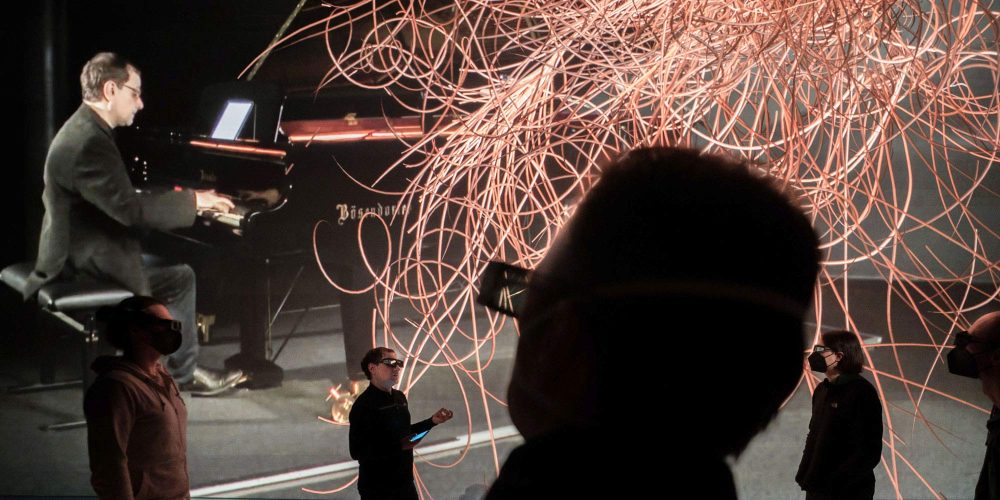
Deep Space EVOLUTION: Sounding Letters
With a virtual piano concert in 3D, the new program in Deep Space 8K shows how humans and AI make music together.
-
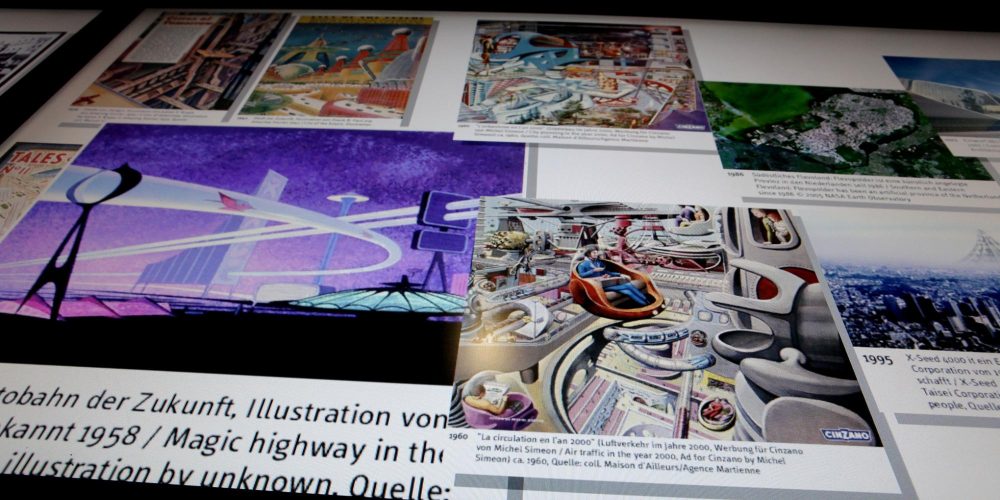
Throwback: The World in 100 Years
The exhibition “The World in 100 Years” paid tribute to great thinkers and activists who were ahead of their time and worked for a vision of the future.
-

Deep Space EVOLUTION: Transient
Impermanent Paintings in Deep Space 8K: Immerse yourself in audiovisual paintings created in collaboration with generative algorithms.
-

The Woman on the Picture
Gustav Klimt and Rebecca Merlic placed the image of the woman at the centre of their artistic work – an analysis.
-

CanSat 2022: Once in the Sky and back
Launching their own mini-satellite 500 metres towards space with a rocket and collecting scientific data – this was the fifth time that students in the CanSat competition had the opportunity to do so.
-
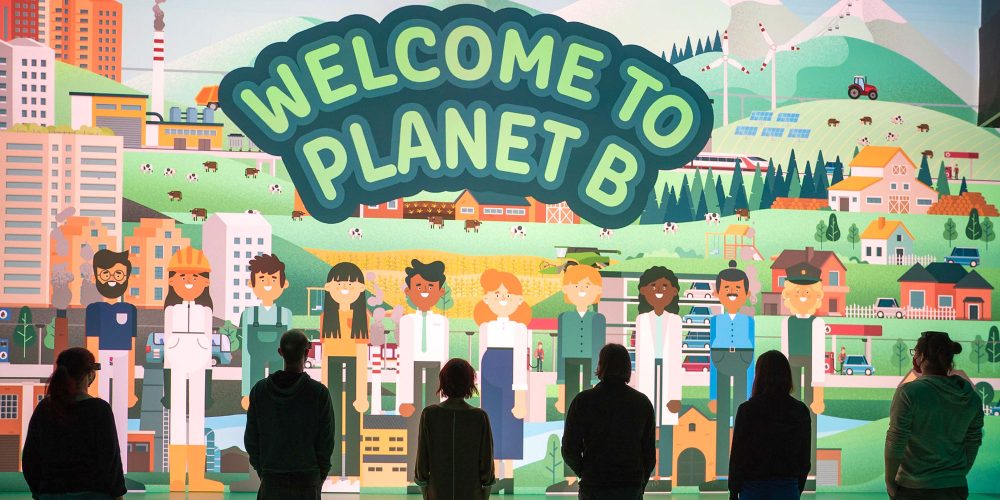
Deep Space EVOLUTION: Welcome to Planet B
What lifestyle changes are you willing to make to reduce your greenhouse gas emissions? Challenge your choices!
-
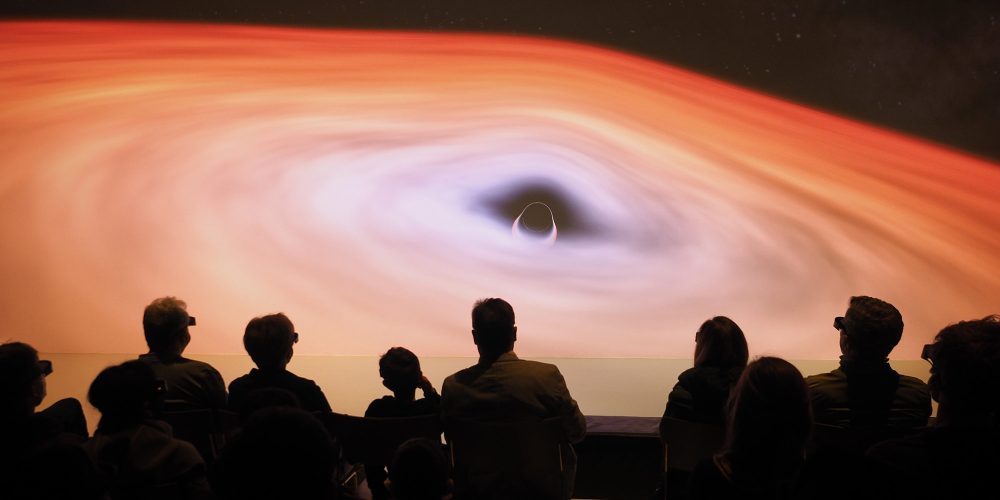
The Deep Space EVOLUTION has started
On March 30, 2022, Deep Space EVOLUTION celebrated its premiere at the Ars Electronica Center. We have a few impressions for you.
-
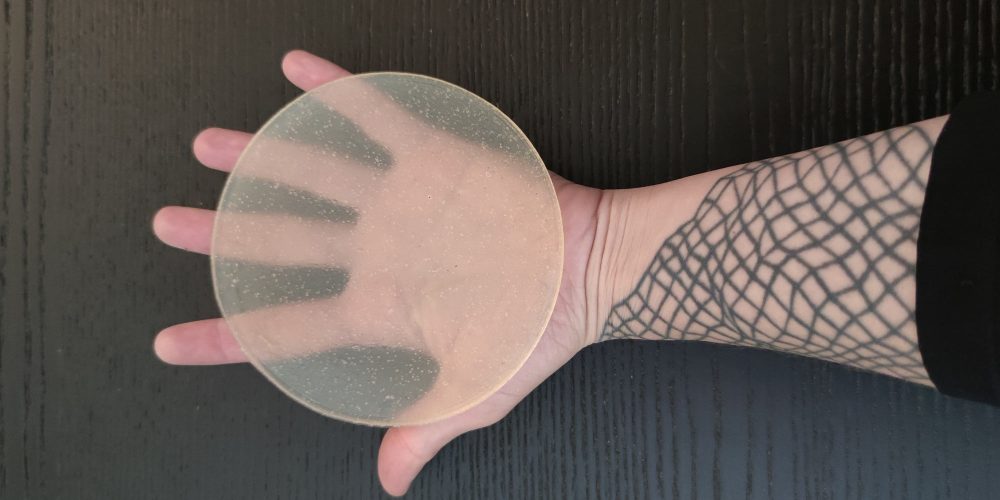
Circular Records for Circular Futures
Can records be made from biomaterials? Artists Kat Austen and Fara Peluso think so and will work on developing a low-carbon alternative to vinyl during their S+T+ARTS Residency.
-

Deep Space Concert: Philip Glass 85
On the occasion of the 85th birthday of Philip Glass, one of the most important composers of our time, pianists Dennis Russell Davies and Maki Namekawa dedicated an extraordinary concert to his music.
-

Into the new year with our future experts
To kick off the new year, the Ars Electronica Futurelab is giving very special futurologists a chance to have their say.
-

25 years of Futurelab – “What a journey!”
Exhibition, workshops, performances and the question of the future: This is how the Ars Electronica Futurelab celebrated its anniversary on the “Futurelab Day” 2021.
-
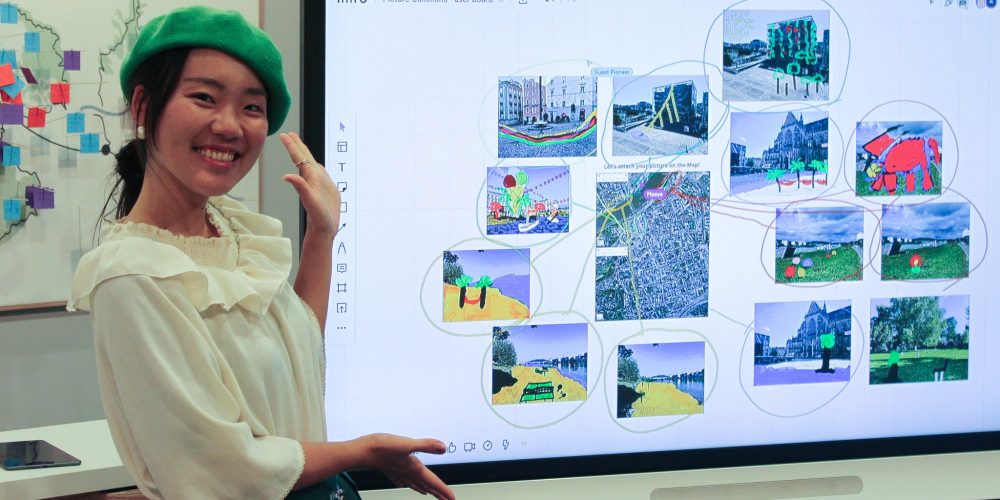
How to manage an organization like Ars Electronica
This is the question posed by participants in a new training program for cultural producers that provides insights into the way Ars Electronica works.
-

On the Olympus of Modern Astronomy
Astronomer Peter Habison provides insight into the European Southern Observatory (ESO) in Chile – the world’s most productive astronomical observatory. (German language)
-
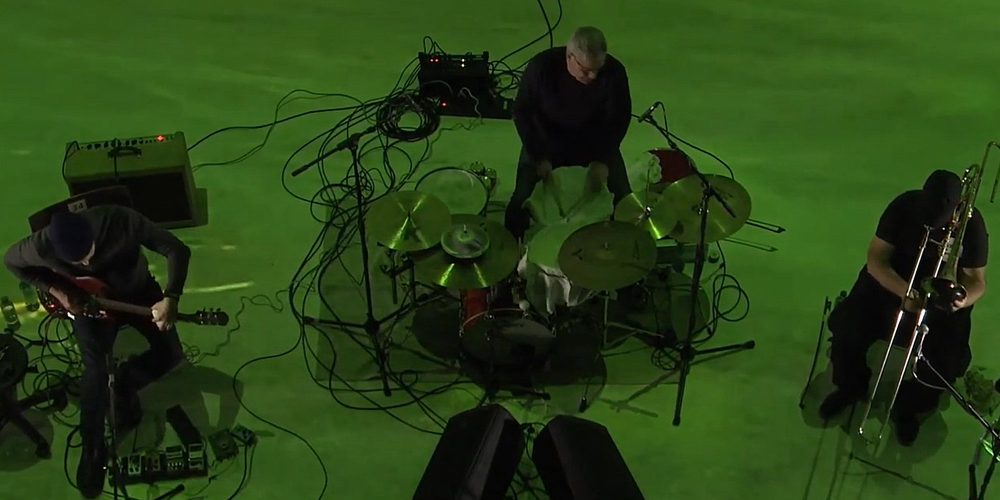
Und Ja, And Yes
Trombonist Werner Puntigam, guitarist Beat Keller and percussionist Georg Wilbertz have come together at the Ars Electronica Center to present their freely improvised chamber music miniatures.
-

Digitization of cultural heritage
For the most recent digitization project, too, a Gothic tomb from the collegiate church of Wilhering, researchers of the Ars Electronica Futurelab successfully used the non-contact method of photogrammetry.
-
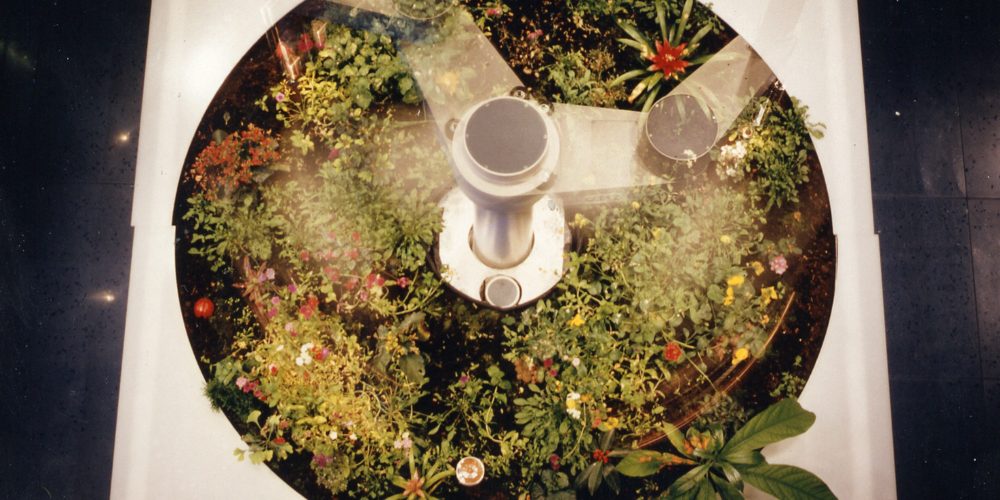
Throwback: Telegarden
The Telegarden was an art installation that allowed web users to plant, water, and monitor the progress of seedlings in a garden from a distance.
-
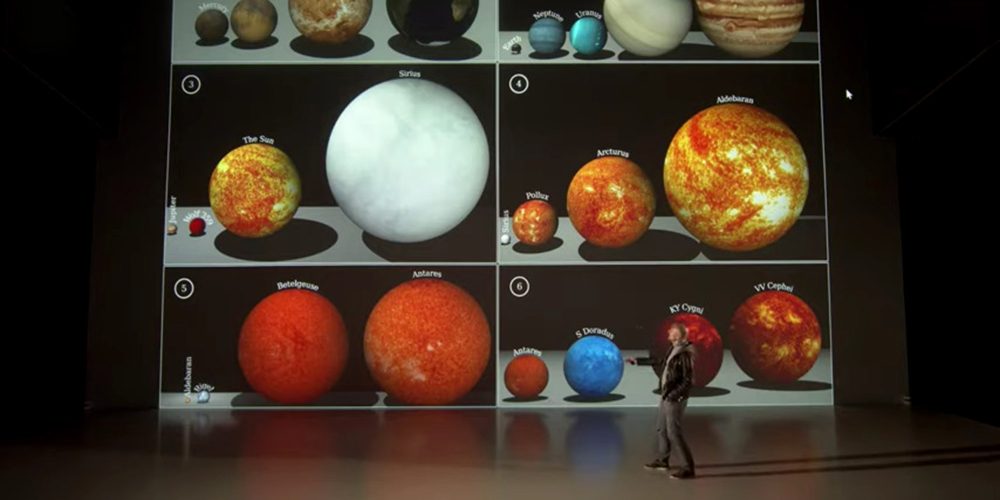
Size Comparisons in the Universe
When it comes to imagining sizes in the universe, we quickly reach our limits. But that should not stop us from not trying.
-
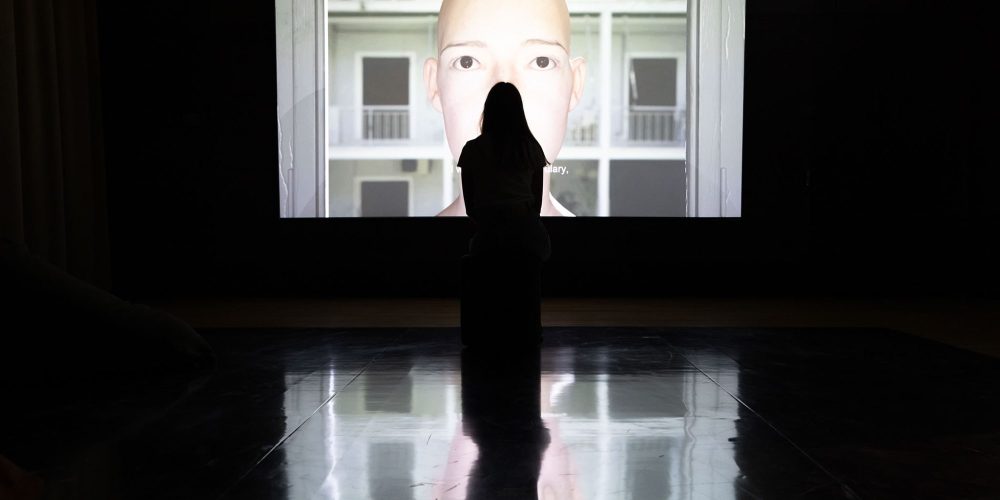
It’s a wrap! This was the first ArtScience Residency enabled by Art Collection Deutsche Telekom
AI, bias, listening infrastructures and art: Laura Welzenbach, Head of Ars Electronica Export, is looking back at the first year of the ArtScience Residency enabled by Art Collection Deutsche Telekom.
-

Deep Space LIVE: TEXTA “Mehr oder Weniger”
TEXTA gave an upfront presentation of the new album “Mehr Oder Weniger” at Deep Space 8K on October 1 – accompanied by live visuals of the collective “Tagtool”.
